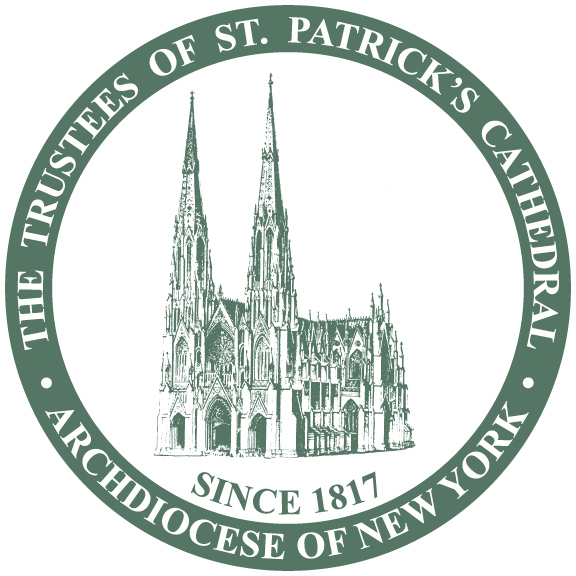The Catholic church permits cremation, but cremated remains must be treated with the same respect as corporal remains. They must be buried or inurned in a sacred place, such as a columbarium, burial plot or mausoleum ideally within a Catholic cemetery. This prevents the deceased from being forgotten or their remains from being shown a lack of respect. Cremated remains must never be retained at home, scattered, divided or used to fashion jewelry or pottery.
Canon Law (the law of the church) maintains a preference for burial of the body, but considers cremation as an acceptable alternative unless it is chosen for reasons contrary to church teaching.
The elements of the Order of Christian Funerals should be followed. Preferably, the wake service and funeral Mass are conducted with the body present. If this cannot be done, there is a provision to celebrate the funeral Mass with the cremated remains present. The committal service at the Catholic cemetery concludes the rite.
The lives of those who are cremated should be memorialized with an engraved monument or inscription, in the same way as corporal remains. This provides a permanent record of a member of the faith community and can be a focal point for survivors to grieve, reflect and pray.
Cremation Considerations
If you are considering cremation for yourself, these steps are recommended:
- Understand the teachings and traditions of our faith community.
- Discuss the matter with those closest to you and make sure they can accept cremation should you pre-decease them.
- Consult with experienced professionals about arrangements that can be made in advance. Such selections would include choice of cemetery, decision about in-ground or above-ground inurnment of the cremated remains, selection of an appropriate urn, and provision for payment in advance of all items that can be secured in this fashion.
- Understand the variety of rites contained in the Order of Christian Funerals that are provided for the benefit of you and your survivors, rites that traditionally include the Vigil, Celebration of the Funeral Mass with the body present, and Committal Service at the cemetery.
- Take into account the time necessary to perform the cremation and develop a workable sequence of events that is faithful to both personal requirements and the church’s rituals. This will be especially important when the decision for cremation is based on a desire to be buried at a considerable distance from the place of death.
